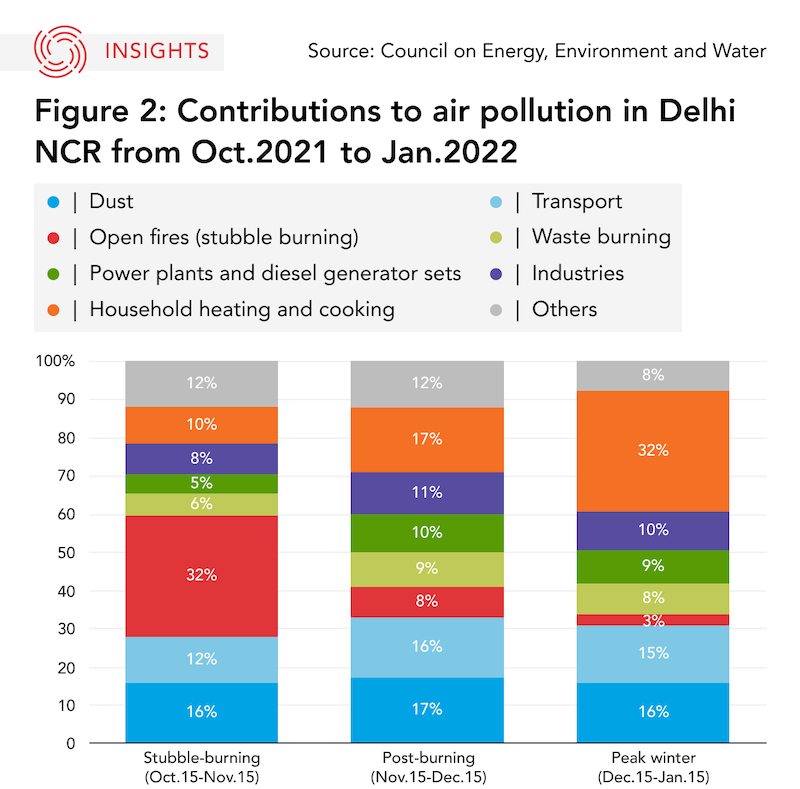beijingwalker
ELITE MEMBER

- Joined
- Nov 4, 2011
- Messages
- 65,191
- Reaction score
- -55
- Country
- Location
New Delhi’s air pollution leaves residents gasping for breath
Air quality is generally poor in New Delhi, the world’s most polluted capital, but it is often made worse by celebrations of the Hindu festival Diwali.Nov. 14, 2022, 5:30 PM CST
By Gafira Qadir
NEW DELHI — As Diwali fireworks pierced the air and lit up the skies of India’s capital region last month, 4-year-old Abhinandan was struggling to breathe.
Air quality is generally poor in New Delhi, the world’s most polluted capital, but it is often made worse by the annual celebrations of Diwali, one of India’s most important Hindu festivals. As people burst more and more firecrackers, Abhinandan began vomiting and coughing up mucus.
“His health started to get worse after the October rains as farmers turned to burning stubble, but it went out of control on Diwali night,” his father, journalist Abhishek Anand, said.
Anand said his son’s respiratory issues, which he developed when he was a year old, resurfaced this year after vanishing during the coronavirus pandemic, when lockdowns curbed India’s economic activity and the resulting pollution.
After the fireworks subsided, the air only got worse. By the first week of November, New Delhi’s air quality index was 472, high enough to affect healthy people while having a serious impact on those with existing conditions.
In some areas of the city, the reading exceeded 800, according to the Delhi Pollution Control Committee, a regulatory body. New Delhi’s 20 million residents weren’t breathing air so much as smoke.
Garima Sudhan, a student at Delhi University, woke up with a sore throat and anxiety.
“It was difficult to breathe after Diwali, even indoors,” she said. “I believe with such a high level of pollution in the city, it is becoming hard to stay mentally calm. I’m finding it hard to sleep and the restlessness has increased.”
This was the first time in three years Sudhan, who is from the northern region of Jammu and Kashmir, had spent Diwali in the capital.
“I usually try to go home because of the fear of pollution in the city post-Diwali,” she said. “But it gets worse every passing year.”
Officials had banned fireworks in the city ahead of the holiday, even threatening up to six months in jail for their unauthorized use, but sales in the surrounding region thrived in anticipation of the first Diwali celebrations without Covid restrictions.
“The government does nothing about it,” Sudhan said. “They let the city choke.”
Gopal Rai, Delhi’s environment minister, did not respond to an emailed request for a comment.

New Delhi’s air pollution leaves residents gasping for breath
Air quality is generally poor in New Delhi, the world’s most polluted capital, but it is often made worse by celebrations of the Hindu festival Diwali.





